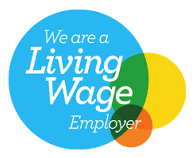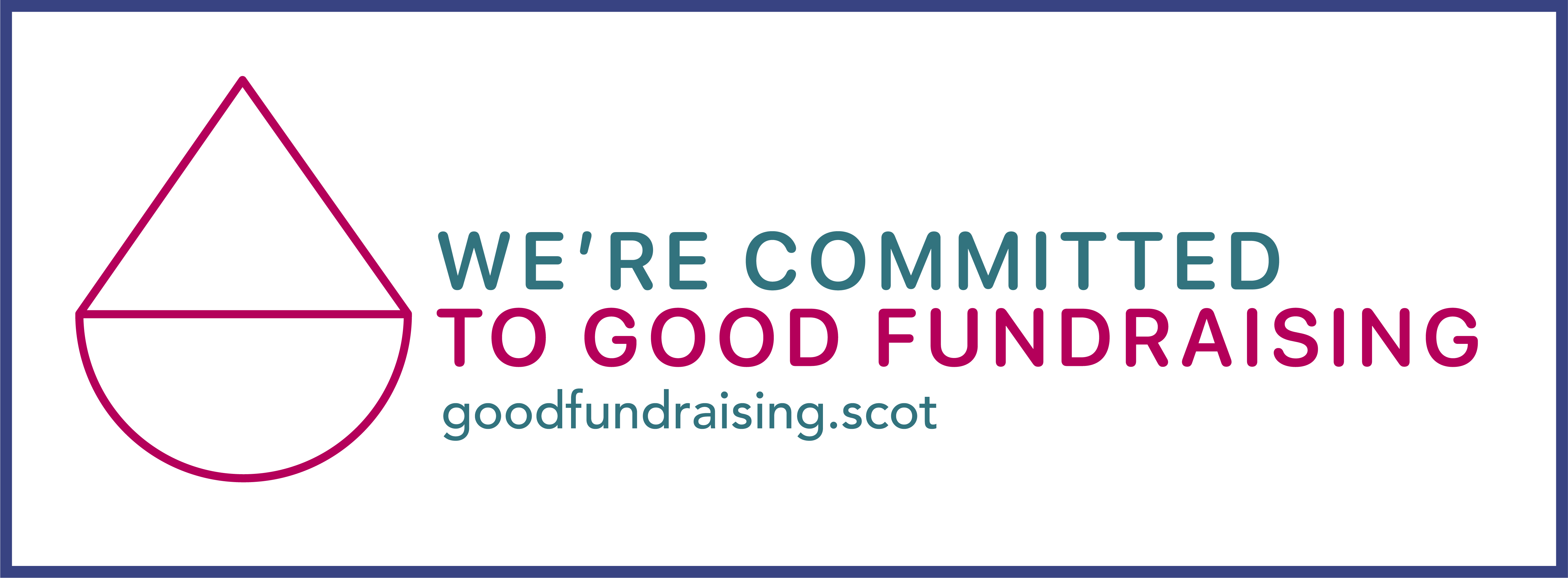Children and Young People report
7th December 2016
Blog by Rachel Stewart, SAMH Senior Public Affairs Officer
Children and young people’s mental health is once again in the news – yesterday saw the publication of the waiting times for access to specialist Child and Adolescent Mental Health Services (CAMHS) treatment.
In the last three months, 4,025 young people started to receive specialist treatment for their mental health.
Nearly eight out of 10 (78.8%) were seen within 18 weeks and half started their treatment within ten weeks; but the 18 week standard was met by only six out of fourteen Boards.
What do these statistics tell us? The number of young people who are severely unwell enough to be accepted for treatment, and their average waiting time for that treatment to begin, varied across the country.
We don’t know how long, on average, young people receive CAMHS treatment for, how long they wait between appointments, the range of treatments offered, and how they consider the quality of their support.
We don’t know, once they reach the age that CAMHS stops in their area (it can be 16 or 18 depending where you live in Scotland) if they recover from their illness or if they move into adult services.
The statistics which are released every three months only tell us so much, but the voices of young people and their families are absent.
During the summer we held a focus group with young people with experience of Child and Adolescent Mental Health Services. We also posted a short survey on social media to try to learn more about the system and ensure their experiences informed our recommendations to Government.
Today, we publish our snapshot report, ‘In their own words’ outlining the findings of the survey. You can read the full report here.
While some findings were positive, many young people reported long waits, inconsistent treatment, poor responses from services and a lack of choice.
Many of the children and young people, and their families, expressed anger and frustration at the system.
In schools, mental health education was widely reported as being inadequate; but there was a hunger for more information, support and signposting in this setting.
“I saw my GP twice, who was very understanding, and my school were excellent. However, I did feel a bit stranded. My problem was recognised but there were limited resources to address it. By the time of my assessment, I believe my problem had deteriorated.” (Survey response)
Our report has three broad recommendations:
- We need a wide ranging review of CAMHS.
- We need better training and support for Tier 1 CAMHS service providers.
- Mental Health Education must become a whole-school priority.
Like the rest of the sector, we are anxiously waiting to see the Scottish Government’s new mental health strategy next month.
We are really hoping that the Government’s commitment to an ‘Ask Once, Get Help Fast’ approach translates into action on CAMHS – but to make that a reality, it can’t just be about the NHS.
We recognise that the Government has promised £150m extra funding for mental health over the next five years; but also that over £80m of this funding has already been allocated.
Much of the remaining funding must be channelled into supporting families, schools, primary care and community workers, so that when young people ask for help, they receive excellent support immediately.
With half of all mental illness in adults developing in teenage years, we need a greater, broader and more preventative focus on children’s mental health. Urgently.

